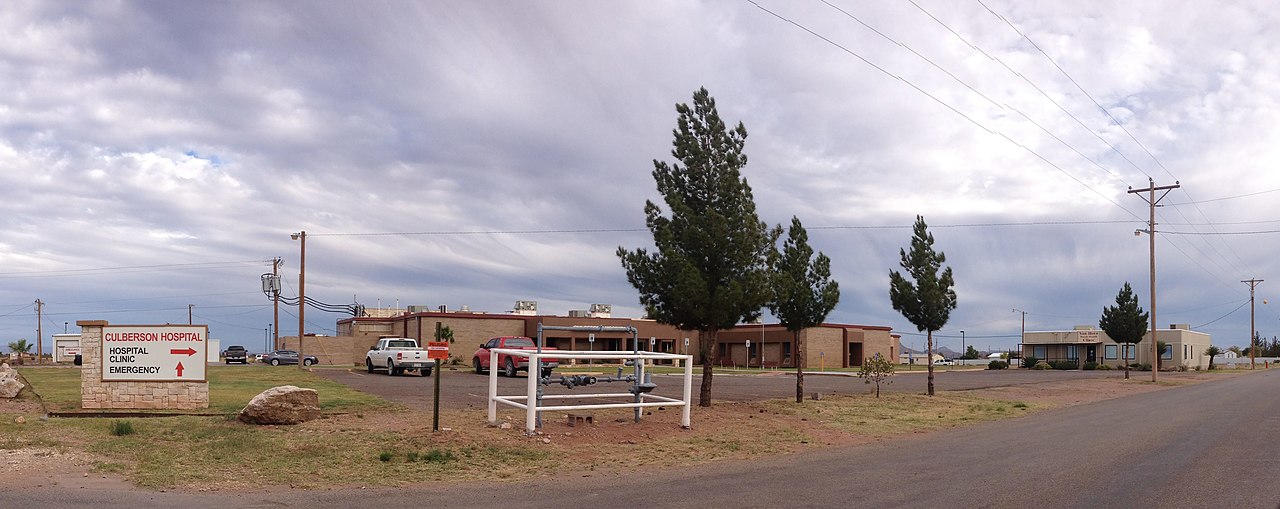Texas has some of the biggest and best hospitals in the nation, known for cancer treatment, cutting-edge research, and training generations of innovative, caring health care providers.
In rural communities, small, local Texas hospitals provide many Texans with a community-based connection for first-line emergency care, regular physicals, and routine surgeries. They employ many medical professionals and support staff, and provide a significant boost to local economies. Collectively, they provide excellent local service to Texans who live hours away from the big systems.
Fundamental to these systems’ competitiveness is access to reliable internet. In a 2022 Connected Nation survey of 163 rural hospitals, 89% of rural healthcare providers use broadband to keep and manage electronic medical records. More than three in four providers offer electronic portals to patients, enabling providers to share records, and allowing patients to schedule appointments. A third of respondents say they use internet to deploy technology to detect infection, and another 55% are interested in adding that capacity.

For many hospitals, access to broadband was not the primary challenge, but instead, using broadband to power the devices and systems that keep people healthy. In small hospitals, many administrative staff have diverse responsibilities. As a result, understanding and applying the benefits of broadband access can be confusing. Getting faster internet may allow the hospital to offer updated services, but it also means contracting for a complex new utility, buying new equipment, training staff, and marketing new services to patients.
As broadband availability expands across Texas, rural health advocates like Trenton Engledow, Director at the State Office of Rural Health, sees knowledge as the barrier in some hospitals. “When I saw the Connected Nation report about hospital internet use, I saw an opportunity to help. Our team exists to support these hospital administrative staff with addressing their operational challenges. Some of these hospitals have fiber go right past their facility, but didn’t know how to use it.” Their group offers technical assistance and supportive advice to assist hospitals and their leadership with design and implementation of broadband-powered services.
Engledow shares that broadband access is as central to hospital operations as electricity or equipment. Fifty percent of hospitals surveyed reported that the cost of purchasing or leasing the equipment to provide remote services is a challenge. His office advocates that hospitals add internet infrastructure to capital budgets and applications for competitive grants, joining traditional goods such as beds, buildings, and equipment that are critical for operations.
Bright spots of broadband-enabled patient care exist all over the state. Culbertson Hospital is in Van Horn, approximately 121 miles east of El Paso and 432 miles west of San Antonio. This 14-bed facility is the only hospital in a 4-county area, and it maintains Level IV Trauma Center designation. The services of local providers are complemented by those of board-certified emergency room physicians and critical care nurses, immediately available through telemedicine, at the touch of a button.
Access to broadband assists with creative connections between local needs and regional resources. As rural and community Texas hospitals look forward, more than half of rural hospital administrators say they plan to expand their telehealth offerings in the next three years. For many hospitals, their services grow in parallel with patient interest and ability to interact online. Supportive partnerships enable countless rural Texans to stay healthy with the support of their small, local hospitals.
